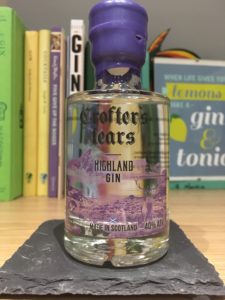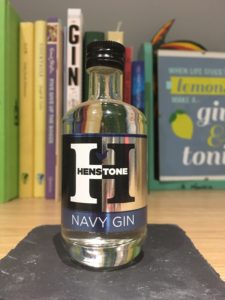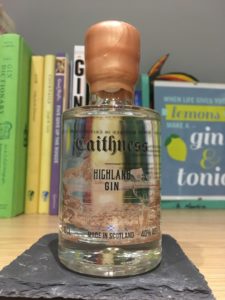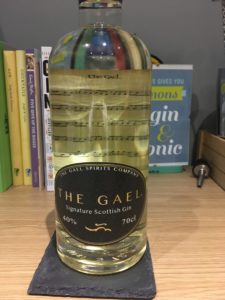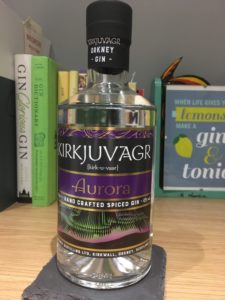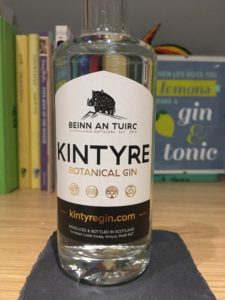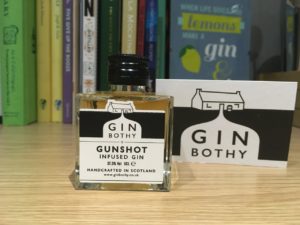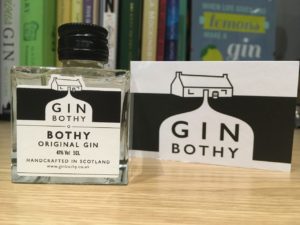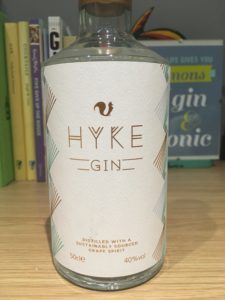Note: The team at Henstone Distillery kindly sent me a sample to try, but as always I will let you know that I think.
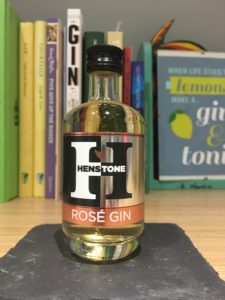 You might have previously seen my ramblings about Henstone Distillery‘s classic London dry gin and their navy strength gin, and today we are trying their rosé gin. Note the accent, it isn’t rose or sugary sweet, this instead is their gin taken off the still at 65% and put into American oak casks before being bottled. The ageing process imbues a light golden colour to the gin, as well as a “subtle vanilla flavour”. The ageing also brings this down to a more drinkable 44.9% ABV – the same as their London dry gin. The rosé gin recently was a runner up (and highest scorer for England) in the cask aged gin category for the Gin Guide awards – so, how does it taste?
You might have previously seen my ramblings about Henstone Distillery‘s classic London dry gin and their navy strength gin, and today we are trying their rosé gin. Note the accent, it isn’t rose or sugary sweet, this instead is their gin taken off the still at 65% and put into American oak casks before being bottled. The ageing process imbues a light golden colour to the gin, as well as a “subtle vanilla flavour”. The ageing also brings this down to a more drinkable 44.9% ABV – the same as their London dry gin. The rosé gin recently was a runner up (and highest scorer for England) in the cask aged gin category for the Gin Guide awards – so, how does it taste?
